The Last Supper, Santa Maria Delle Grazie, Milan
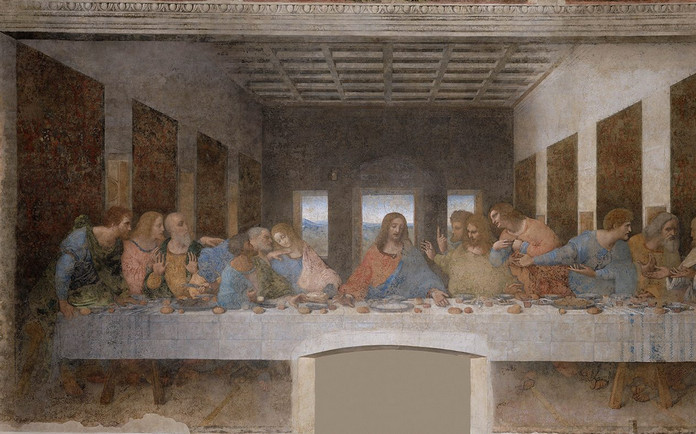 While this Renaissance church in honor of Holy Mary of Grace is beautiful, it’s certainly the mural that adorns the wall of its convent refectory that is the draw for most visitors. Arguably one of the most famous paintings in the world.
While this Renaissance church in honor of Holy Mary of Grace is beautiful, it’s certainly the mural that adorns the wall of its convent refectory that is the draw for most visitors. Arguably one of the most famous paintings in the world.
Roman Arena, Verona
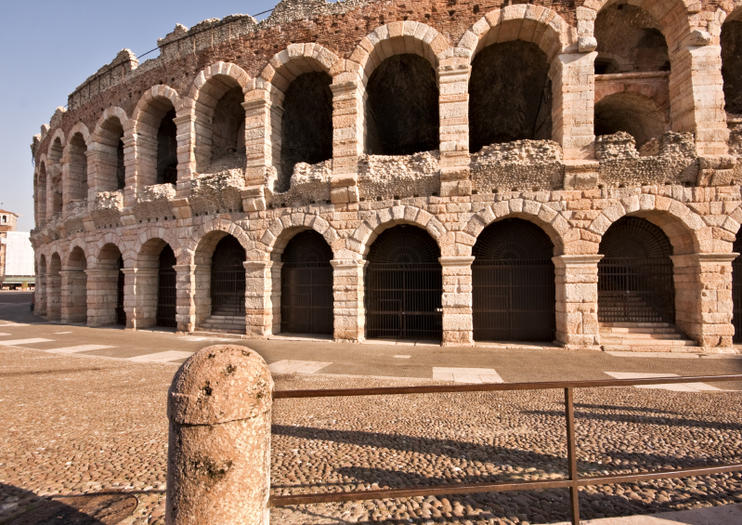 Most people automatically link the charming northern Italian city of Verona as the setting of Shakespeare’s Romeo and Juliet, however, it is also home to one of the country’s most impressive Roman amphitheater.
Most people automatically link the charming northern Italian city of Verona as the setting of Shakespeare’s Romeo and Juliet, however, it is also home to one of the country’s most impressive Roman amphitheater.
Grand Canal, Venice
 One of the most famous waterways in the whole world, the Grand Canal likely follows the course of an ancient river that flowed into the Venetian Lagoon. With the rise of the Republic of Venice through trade grand aristocratic homes replaced houses and warehouses on stilts that once stood on the edge of the canal.
One of the most famous waterways in the whole world, the Grand Canal likely follows the course of an ancient river that flowed into the Venetian Lagoon. With the rise of the Republic of Venice through trade grand aristocratic homes replaced houses and warehouses on stilts that once stood on the edge of the canal.
St Mark’s Basilica, Venice
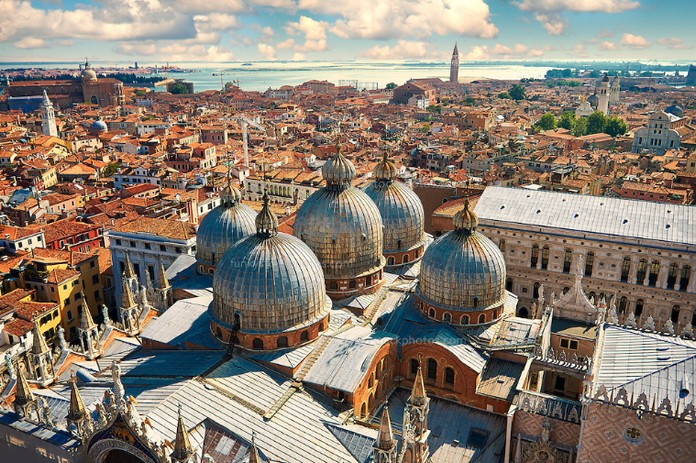 As much as its canals are emblematic of Venice, it would be equally hard to imagine the city without its whimsical, gilded basilica. Originally built as the private chapel of the Doge.
As much as its canals are emblematic of Venice, it would be equally hard to imagine the city without its whimsical, gilded basilica. Originally built as the private chapel of the Doge.
Basilica of San Vitale, Ravenna
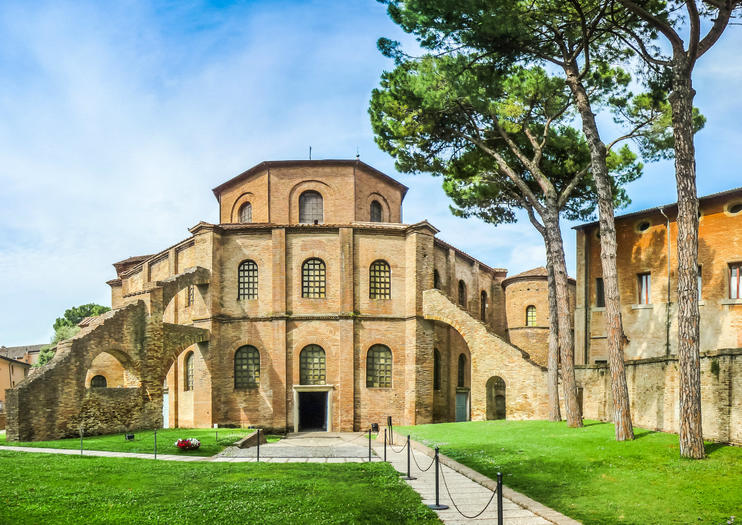 Often overshadowed by its crowded, canal-interlaced neighbor to the north, for a time Ravenna was the capital of the Western Roman Empire.As such it was decorated with spectacular churches, the most noteworthy being the Basilica of San Vitale
Often overshadowed by its crowded, canal-interlaced neighbor to the north, for a time Ravenna was the capital of the Western Roman Empire.As such it was decorated with spectacular churches, the most noteworthy being the Basilica of San Vitale
Cinque Terre
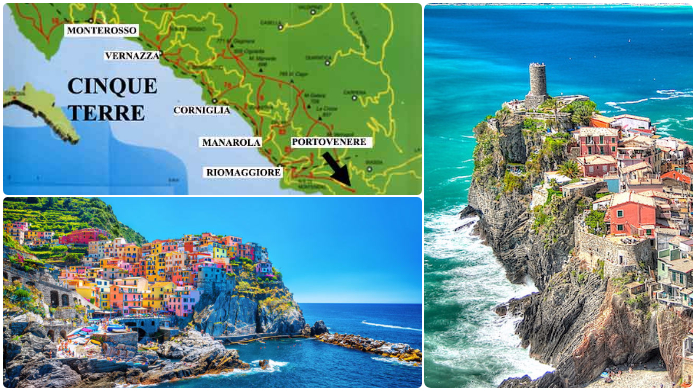 A jewel of the Italian Riviera, the five towns of le Cinque Terre are among the prettiest coastal villages of Italy. Classified as a whole as UNESCO World Heritage, they can thus count as a landmark.
A jewel of the Italian Riviera, the five towns of le Cinque Terre are among the prettiest coastal villages of Italy. Classified as a whole as UNESCO World Heritage, they can thus count as a landmark.
The Leaning Tower o Pisa
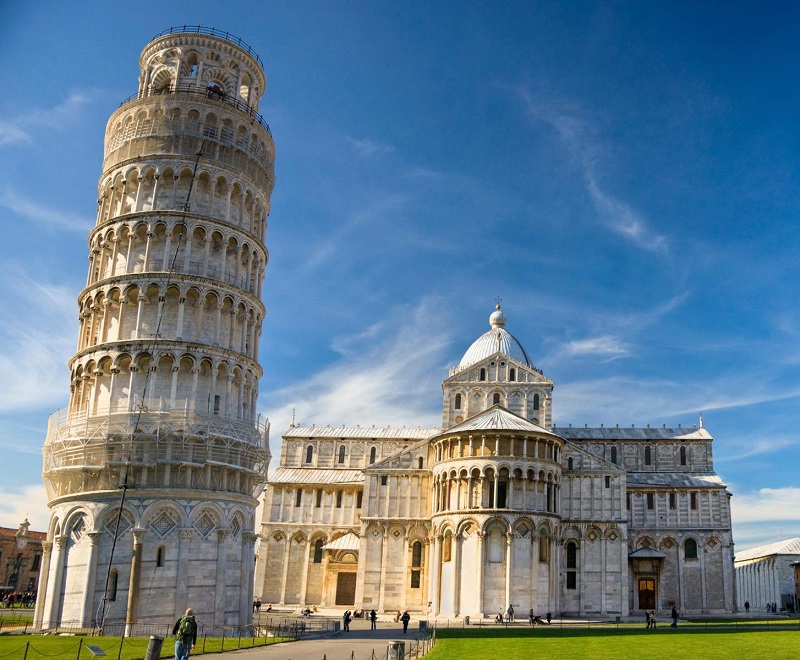 Certainly Italy’s best-known tower, this medieval bell tower captivates the imagination. Found in the Field of Miracles next to Pisa’s cathedral, the tower started to lean a few years after they had started to build it in 1174 due to its sandy, feeble foundations.
Certainly Italy’s best-known tower, this medieval bell tower captivates the imagination. Found in the Field of Miracles next to Pisa’s cathedral, the tower started to lean a few years after they had started to build it in 1174 due to its sandy, feeble foundations.
Santa Maria del Fiore, Florence
 The most prominent structure of the elegant skyline of Florence, Santa Maria del Fiore is one of Italy’s most cherished churches. Heralded for its revival of the classical dome at the beginning of the Renaissance era, the church was consecrated in 1436.
The most prominent structure of the elegant skyline of Florence, Santa Maria del Fiore is one of Italy’s most cherished churches. Heralded for its revival of the classical dome at the beginning of the Renaissance era, the church was consecrated in 1436.
Piazza del Campo, Siena
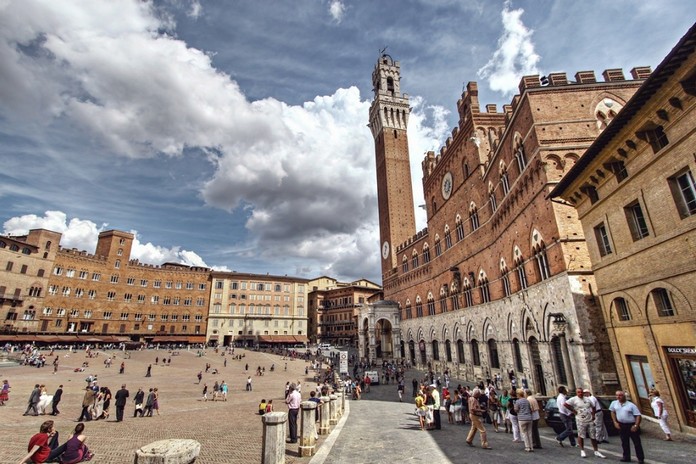 Yet another UNESCO World Heritage Site, this stunning medieval square was created at the intersection of the three main roads and was meant as a neutral place where political and civic holidays could be celebrated.
Yet another UNESCO World Heritage Site, this stunning medieval square was created at the intersection of the three main roads and was meant as a neutral place where political and civic holidays could be celebrated.
The Basilica di San Francesco, Assisi
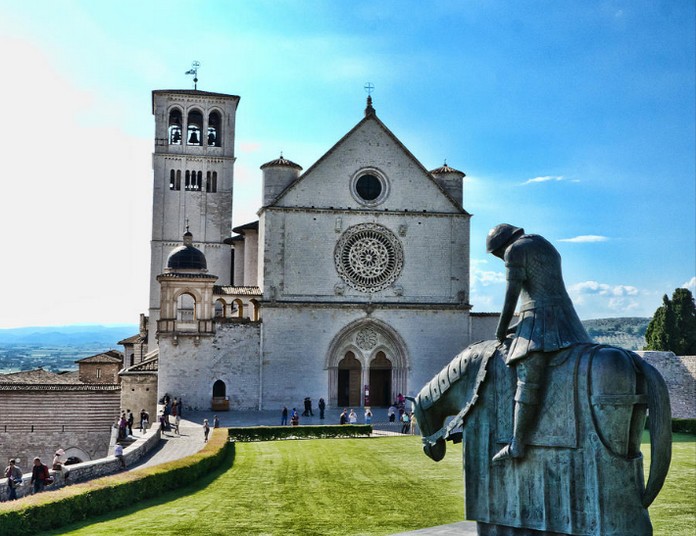 This 13th-century church was built in the town where Saint Francis, the founder of the Franciscan order, lived and died. As such it is one of the most important Catholic pilgrimage sites in the country.
This 13th-century church was built in the town where Saint Francis, the founder of the Franciscan order, lived and died. As such it is one of the most important Catholic pilgrimage sites in the country.
The Colosseum, Rome
 Possibly the most famous of all Roman buildings, this expansive amphitheater could hold more than 50,000 spectators and was the largest constructed by the Romans. Completed in 80 AD under the rule of Titus, it is an impressive feat of engineering and architectural design.
Possibly the most famous of all Roman buildings, this expansive amphitheater could hold more than 50,000 spectators and was the largest constructed by the Romans. Completed in 80 AD under the rule of Titus, it is an impressive feat of engineering and architectural design.
The Pantheon of Rome
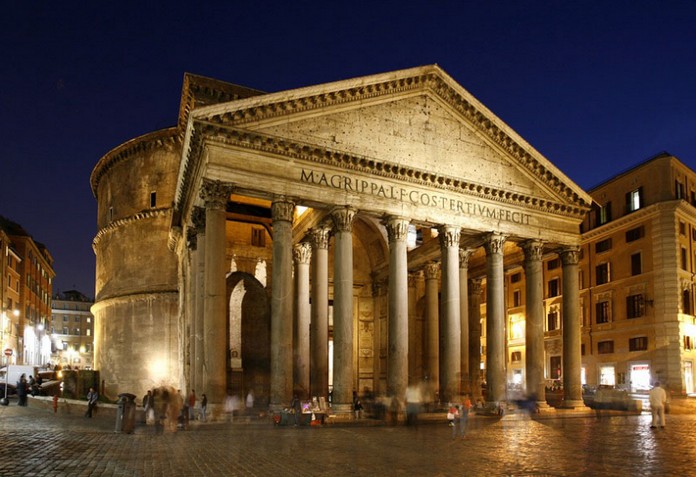 Considered the best-preserved Roman building was finished under the reign of Hadrian in around 126 AD. The 142-foot circular structure has a portico of granite Corinthian columns atop which is a pediment and what is still the world’s largest reinforced concrete dome.
Considered the best-preserved Roman building was finished under the reign of Hadrian in around 126 AD. The 142-foot circular structure has a portico of granite Corinthian columns atop which is a pediment and what is still the world’s largest reinforced concrete dome.
Saint Peter’s Basilica, Vatican City, Rome
 One of the greatest achievements of the Renaissance and designed by several of the most talented architects of all time, Saint Peter’s is the largest church in the world.
One of the greatest achievements of the Renaissance and designed by several of the most talented architects of all time, Saint Peter’s is the largest church in the world.
Pompeii and Herculaneum, Naples
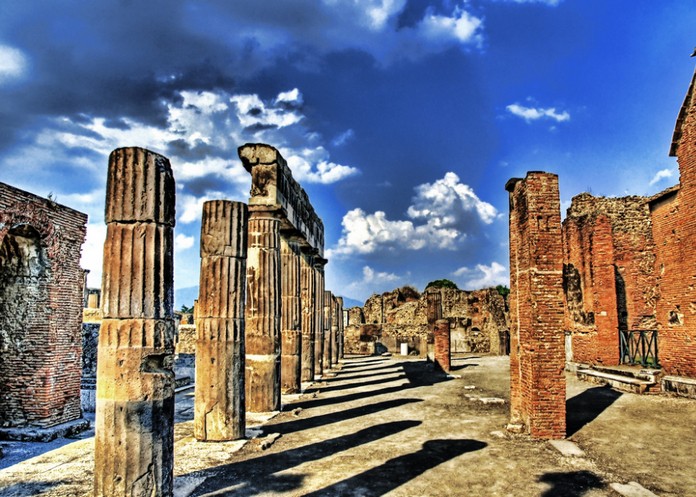 Devastatingly buried by volcanic ash from the eruption of Mount Vesuvius in 79 AD, the remains of these two towns offer an amazing window into the life of ancient Rome.
Devastatingly buried by volcanic ash from the eruption of Mount Vesuvius in 79 AD, the remains of these two towns offer an amazing window into the life of ancient Rome.
The Amalfi Coast
 Like Cinque Terre above, the Amalfi Coast marvels visitors with its dramatic coastline of picturesque villages hugging steep cliffs. Found below Naples, running from Positano to Salerno, this spectacular coast is also a laureate of the UNESCO World Heritage List.
Like Cinque Terre above, the Amalfi Coast marvels visitors with its dramatic coastline of picturesque villages hugging steep cliffs. Found below Naples, running from Positano to Salerno, this spectacular coast is also a laureate of the UNESCO World Heritage List.
Castel del Monte, Puglia
 You might recognize this imposing fortress from the one-cent Italian euro coin. It was completed in 1240 as the hunting lodge of Emperor Frederick II and became his seat of power.
You might recognize this imposing fortress from the one-cent Italian euro coin. It was completed in 1240 as the hunting lodge of Emperor Frederick II and became his seat of power.
Valley of the Temples, Sicily
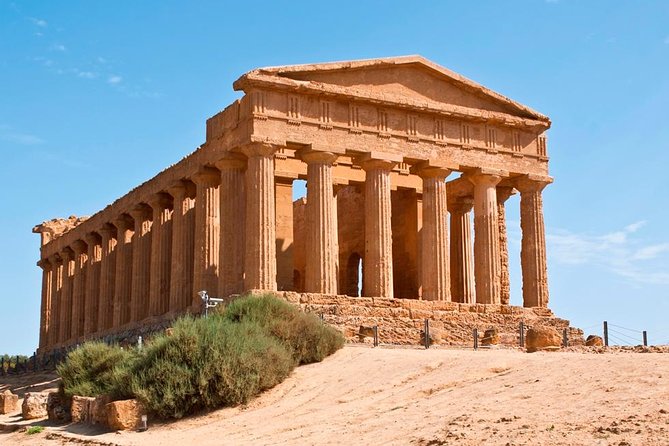 Next to the town of Agrigento is one of the most significant ancient Greek archeological sites and is the world’s largest archeological site at 1,300 hectares. On the site are seven temples, in the Doric style dating back to the 5th century AD.
Next to the town of Agrigento is one of the most significant ancient Greek archeological sites and is the world’s largest archeological site at 1,300 hectares. On the site are seven temples, in the Doric style dating back to the 5th century AD.















